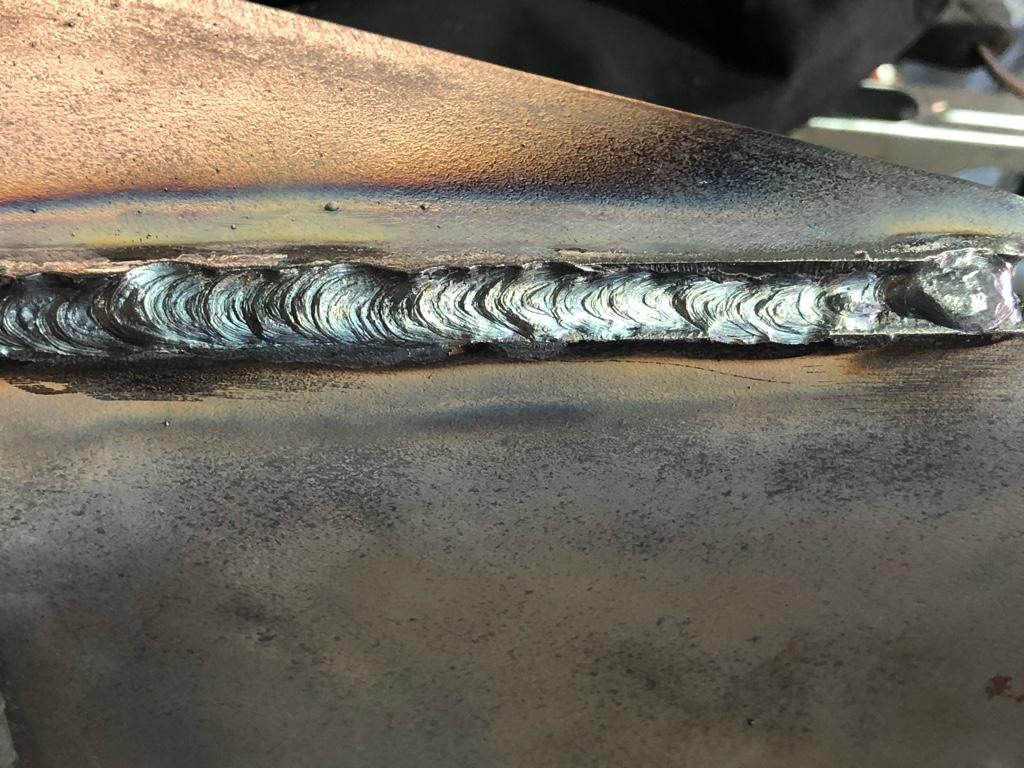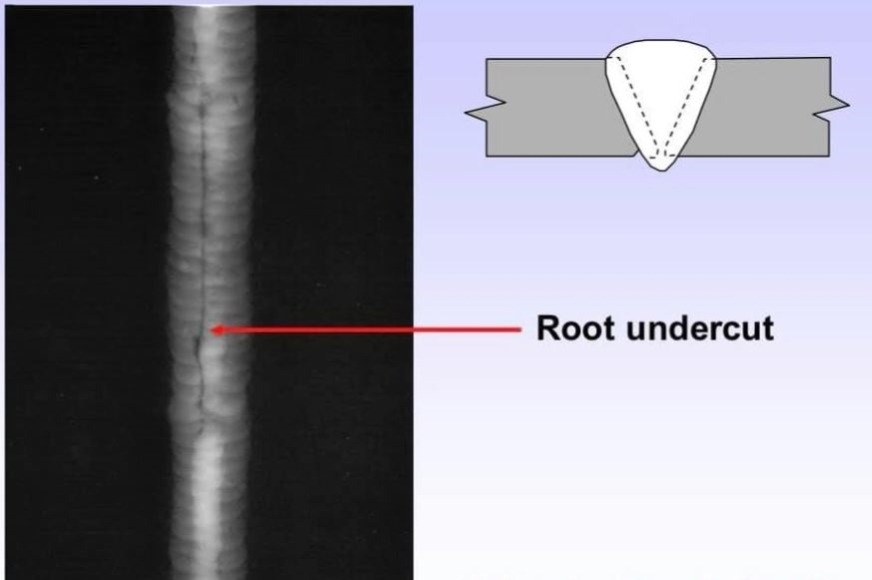Preventing Weld Undercut Made Easy: Key Techniques Unveiled
Preventing Weld Undercut Made Easy: Key Techniques Unveiled
Blog Article
Mastering the Art of Welding: Exactly How to Stay Clear Of Undercut Welding Issues for Flawless Construction Outcomes
By comprehending the origin creates of undercut welding and applying reliable techniques to prevent it, welders can raise their craft to new degrees of quality. In the pursuit of remarkable construction results, mastering the art of welding to stay clear of undercut issues is not simply an ability but a necessity for those aiming for perfection in their job.
Understanding Undercut Welding

To avoid undercut welding, welders should ensure appropriate welding parameters, such as readjusting the current, voltage, travel speed, and keeping the appropriate electrode angle. In addition, utilizing the appropriate welding method for the specific joint setup is important. Utilizing weaving movements or backstepping techniques can assist guarantee appropriate weld steel deposition and lower the likelihood of undercut development. Routine inspection of welds during and after the welding procedure is likewise essential to capture any kind of undercut very early and make essential adjustments to stop additional defects. Preventing weld undercut. By understanding the root causes of undercut welding and carrying out preventive measures, welders can achieve high-grade, structurally sound welds.
Reasons For Undercut in Welding
Understanding the variables that add to damage in welding is important for welders to produce premium, structurally audio welds. Undercutting takes place when the weld steel does not correctly fill the groove developed in between the base metal and the previously deposited weld steel. A number of factors can cause undercut in welding. One usual cause is extreme heat input. Welding at heats for prolonged durations can result in the base steel melting greater than wanted, bring about undercut. Poor welding present or incorrect welding rate can additionally add to undercut. Insufficient current might not provide enough warmth to melt the base and filler steels properly, while too much rate can stop correct fusion, causing undercut. Additionally, inappropriate electrode angles or incorrect torch manipulation methods can develop areas of reduced weld metal deposition, advertising undercut. Understanding these causes and carrying out appropriate welding methods can assist stop damaging concerns, making certain strong and durable welds.
Methods to stop Undercutting

To alleviate the danger of damaging in welding, welders can utilize tactical welding methods intended at enhancing the quality and stability of the weld joints. One effective method is to readjust the welding parameters, such as voltage, existing, and travel rate, to ensure correct warmth input and deposition. Keeping a suitable electrode angle and ensuring regular travel rate can also assist protect against undercut. Additionally, utilizing the proper welding strategy for the particular joint setup, such as weave or stringer beads, can add to reducing damaging. Preventing weld undercut.
Moreover, appropriate joint prep work, consisting of ensuring clean base materials without impurities and using the suitable welding consumables, is important in preventing undercut issues. Utilizing back-step welding methods and controlling the weld grain profile can additionally assist distribute warmth uniformly and reduce the threat of undercut. Regular examination of the weld joint throughout and after welding, as well as applying quality control measures, can try these out aid in identifying and attending to undercutting concerns promptly. By carrying out these techniques faithfully, welders can achieve remarkable fabrication results with very little undercut defects.
Relevance of Proper Welding Specifications
Picking and maintaining suitable welding parameters is necessary for achieving effective welds with marginal defects. Welding specifications refer to variables such as voltage, present, take a trip rate, electrode angle, and shielding gas flow rate that directly affect the welding procedure. These criteria must be very carefully changed based upon the kind of product being welded, its thickness, and the welding technique employed.
Proper welding parameters make sure the correct amount of warm is related to melt the base metals and filler material consistently. If the specifications are established as well high, it can cause too much warm input, triggering distortion, spatter, or burn-through. On the other hand, if the parameters are too reduced, insufficient blend, absence of penetration, or undercutting might take place.
Quality Control in Welding Operations

Conclusion
To conclude, understanding the art of welding needs an extensive understanding of undercut welding, its causes, and strategies to stop it. By guaranteeing proper welding criteria and carrying out quality control techniques, perfect fabrication outcomes can be achieved. It is essential for welders to continually pursue excellence in their welding procedures to avoid undercut issues and generate top notch welds.
Undercut welding, a common issue in welding processes, takes place when the weld metal does not properly load the groove and leaves a groove or depression along the bonded joint.To prevent undercut welding, welders must ensure appropriate welding parameters, such as changing the existing, voltage, travel rate, and keeping the appropriate electrode angle. Poor welding current or inaccurate welding rate can additionally contribute to damage.To minimize the risk of undercutting in welding, welders can use strategic welding methods intended at enhancing the high quality and stability of the weld joints.In verdict, mastering the art of welding needs a detailed understanding of undercut welding, its causes, and techniques to avoid it.
Report this page